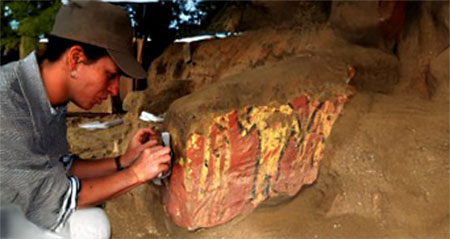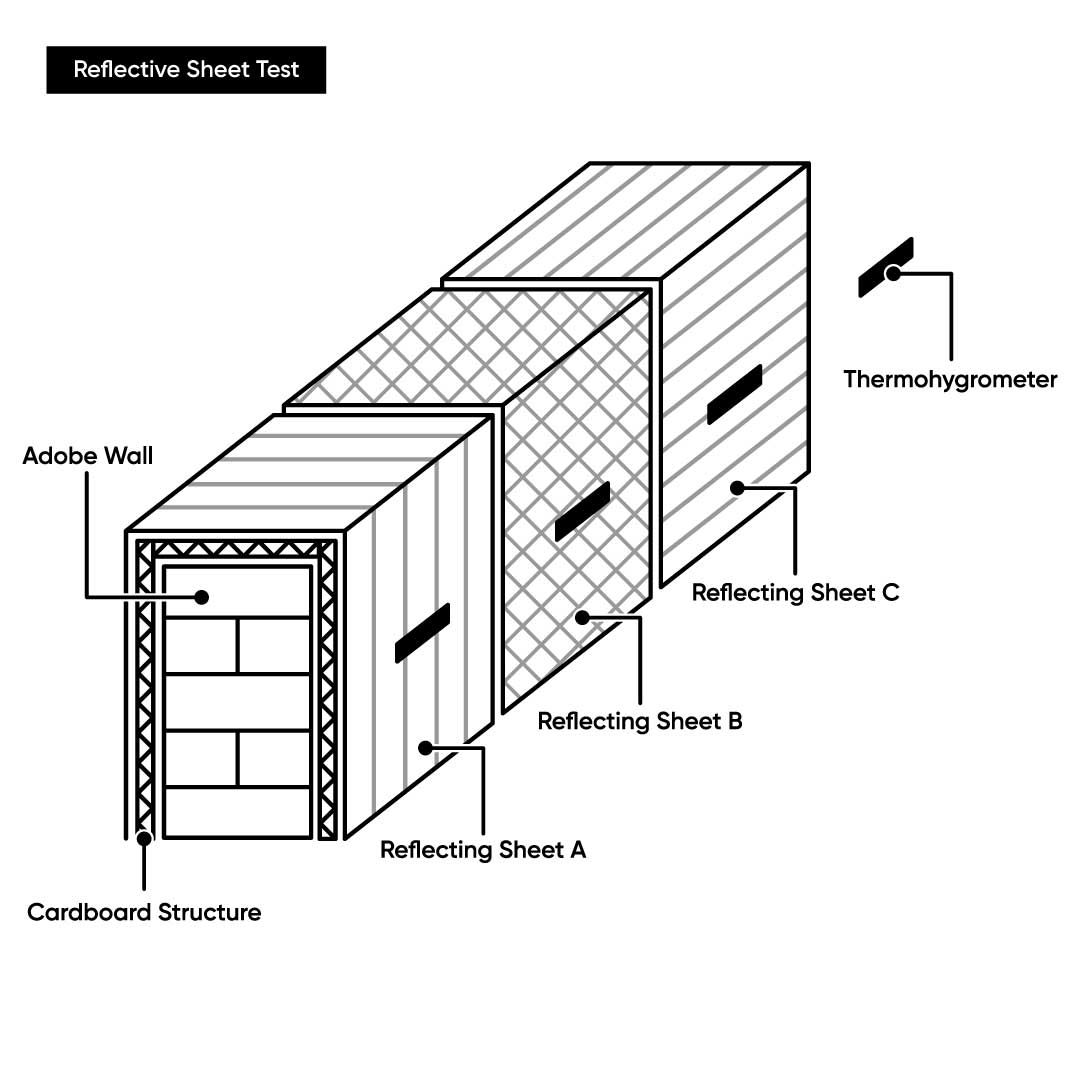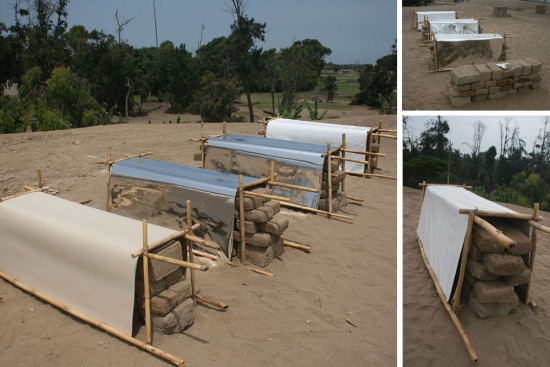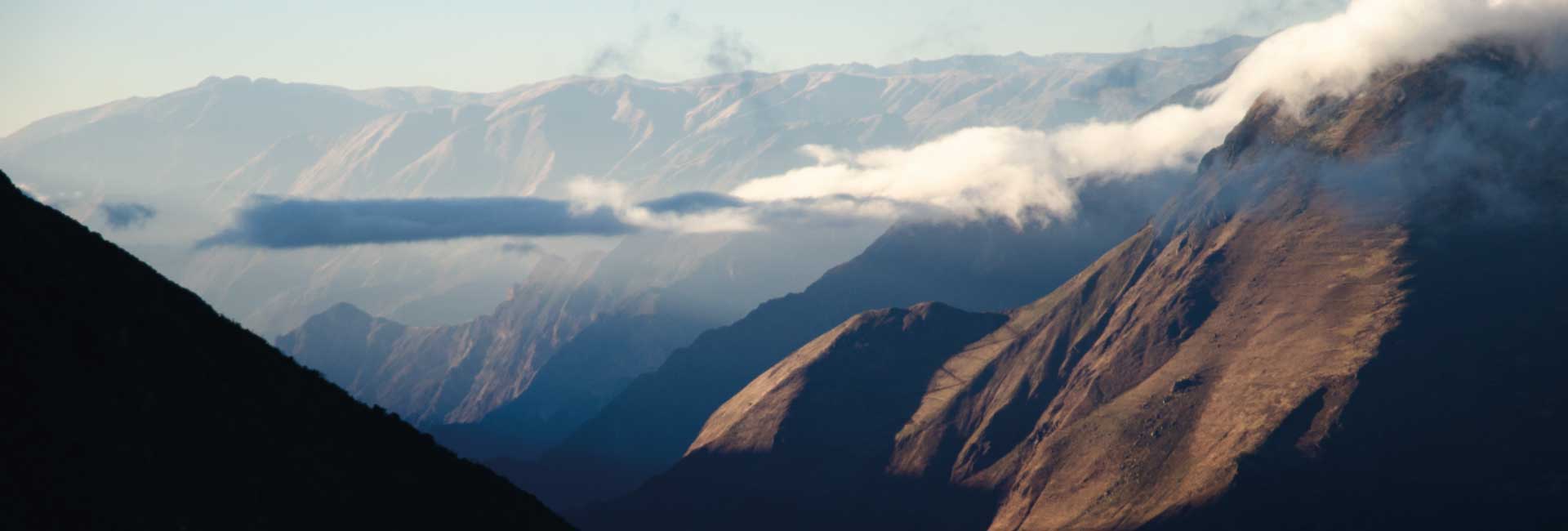Easy Grow was contacted by Kusi Colonna-Preti, a heritage conservator, seeking help in protecting several extremely rare ancient temples decorated with polychrome murals. These discoveries were made at Pachacamac, Peru, one of the most significant archaeological sites in South America. Our Lightite® reflective sheeting was trialled as a pioneering solution to safeguard these fragile artworks against environmental damage. The results have been extraordinary.
A Brief History of Pachacamac
The Ychsma Project, directed by Dr Peter Eeckhout of the Université Libre de Bruxelles (ULB), has conducted archaeological fieldwork at Pachacamac since 1999.
Covering nearly 600 hectares at the mouth of the Lurín River, about 30 km south of Lima, Pachacamac is considered one of the most important pre-Columbian sites in the Central Andes—on a par with Machu Picchu, Tiahuanaco, Chavín de Huantar, Chan Chan, and the Nazca Lines.
In 2014, a team of Belgian archaeologists from ULB discovered a temple decorated with murals—the first wall paintings found at Pachacamac since 1938. Scholars believe the site was abandoned in the early sixteenth century after the Spanish conquest.
Excavations uncovered a 300 m² structure with painted walls, ceremonial patterns, and numerous precious offerings. However, preserving these fragile murals presented serious conservation challenges.
The Challenges of Conservation
The murals were vulnerable to variations in light, temperature, and humidity, all of which threatened paint stability and caused losses during excavation.
Pachacamac’s climate is especially harsh on exposed heritage. Located just 3 km from the Pacific Ocean, summer temperatures can reach 28°C, while humidity fluctuates between 65% and 100% relative humidity. Conservators urgently needed an innovative way to protect the murals during excavation.

Using Lightite® Sheeting to Protect Murals
To counter these issues, the conservation team proposed covering the walls with reflective Lightite® sheeting.
The idea was to:
-
Reflect sunlight away from the murals, reducing temperature fluctuations.
-
Use the multi-layer thickness of Lightite® to stabilise humidity levels.
As Kusi explained, the team could find no references for using reflective sheeting in archaeological conservation, making this a pioneering trial. With support from ULB, they began in-situ testing of different materials and conditions, with Easy Grow providing technical consultation and supplying sheeting for the experiment.
”The conservation team of the Ychsma Project have been looking for references related to protecting archaeological excavations with reflective sheets but it seems that they will be pioneers in this field. As an academic institution, the ULB was interested in carrying out investigations regarding this new method and the materials involved. Performing in situ tests with different reflective sheets and climatic conditions.
Kusi Colonna-PretiHeritage Conservator
THE TRIAL
In partnership with Easy Grow, the team tested three types of reflective sheeting:
-
Silver Lightite®
-
Silver Insuliner
-
White Lightite®
A small adobe test wall (60 cm high, 30 cm wide) was constructed and protected with cardboard. Each type of sheeting was applied to sections of the wall, with thermohygrometers measuring temperature and humidity both under the sheeting and outside for comparison.
If successful, the team planned to use 50 metres of the optimum sheeting to protect all the painted walls scheduled to be uncovered that year.

THE RESULTS
By early March, the trial was fully underway. The results were both encouraging and impressive:
-
All reflective sheeting significantly outperformed the cardboard control.
-
White Lightite® gave the best results for stabilising temperature.
-
Silver White Lightite® offered the best control over humidity.
-
No condensation issues were reported during testing.
When the team removed the cardboard base and tested only the reflective sheeting, results improved even further.
Kusi told us:
“The results are really awesome! Regarding the outside conditions, without any kind of protection, the reflecting sheeting is really useful. And without doubt, the Silver White Lightite® has proved to be the best option.”
Overall, Silver Lightite® reduced humidity variations by almost 15% and limited temperature fluctuations to just 3°C—an exceptional outcome for conservation efforts in such a challenging environment.

A Pioneering Conservation Method
The collaboration between Easy Grow, the Ychsma Project, and ULB has demonstrated that Lightite® sheeting can play a vital role in safeguarding ancient heritage.
What started as an experiment is now shaping up to be a new conservation method with potential applications across archaeological sites worldwide.
Easy Grow is proud to support this pioneering work, helping protect the past for future generations.

